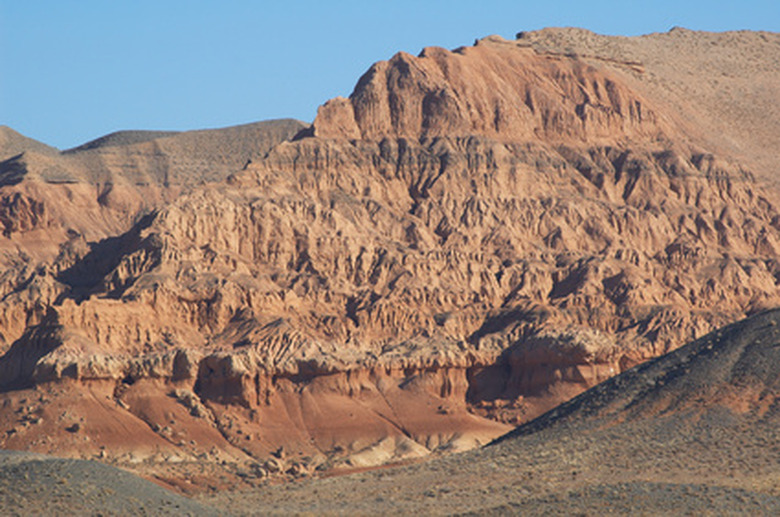The Types Of Soil In Texas
Texas is a big state that covers 268,601 square miles. It is composed of several different ecoregions that include humid coastal plains, moist pine forests and arid and rugged mountains. Each of these areas has a unique type of soil that is different from the others. However, there are transition zones between each type of soil where you may find a mix of several soil types.
Blackland Soil
The blackland region of Texas is in a narrow band that runs north to south through the east central part of the state. The soil is thick black clay and alkaline. Under the soil is a layer of limestone that can be as close to the surface as a few inches or several feet deep. The area was once a fertile grassland but the native prairie was replaced with farming and development. Blackland soil is still considered some of the most fertile soil in the state of Texas because of its high calcium content.
- Texas is a big state that covers 268,601 square miles.
- However, there are transition zones between each type of soil where you may find a mix of several soil types.
Sandy Loam
Deep sandy loam soils are found in the Piney Woods area of Texas in the eastern quarter of the state. It is a mixture of sand and red clay that is suitable for agricultural production. Most of the soil in this part of Texas is highly acidic. This area also has a high amount of red clay that is very hard and difficult to manage unless broken up with machinery.
Sand
The area of Texas between the blackland soil and sandy loam of the Piney Woods is pure sand. Called "sugar sand" or "blow sand" by native Texans, it is difficult to cultivate unless the soil is heavily amended with organic matter. Underlying the sand layer is a layer of red clay that may be as shallow as 2 feet deep or as deep as 20 feet, depending on the location. Texas sandy soil has a neutral to slightly acidic pH. Most of the region that is covered in sandy soil is known as the Post Oak Savannah.
- Deep sandy loam soils are found in the Piney Woods area of Texas in the eastern quarter of the state.
- Texas sandy soil has a neutral to slightly acidic pH.
- Most of the region that is covered in sandy soil is known as the Post Oak Savannah.
Yellow Clay
The Edward's Plateau region of Texas is covered with a thin layer of yellow clay that has a solid layer of limestone underneath. The soil is alkaline and the land is not suitable for agricultural production in most areas. However, the homeowner or gardener can build raised beds with improved soils for a successful garden.
Alluvial Soil
The alluvial soil and clay that is pervasive in the Western Gulf Coastal region is often referred to as black gumbo clay. The alluvial soil is very heavy and acidic. The region receives almost 5 feet of rain per year so the clay remains damp and holds water easily. In some locations, the clay has a high salt content and is not suitable for cultivation. In other areas, where the soil can be drained and cultivated, it makes ideal soil for gardening because of the high amount of organic matter.
- The Edward's Plateau region of Texas is covered with a thin layer of yellow clay that has a solid layer of limestone underneath.
- In other areas, where the soil can be drained and cultivated, it makes ideal soil for gardening because of the high amount of organic matter.
